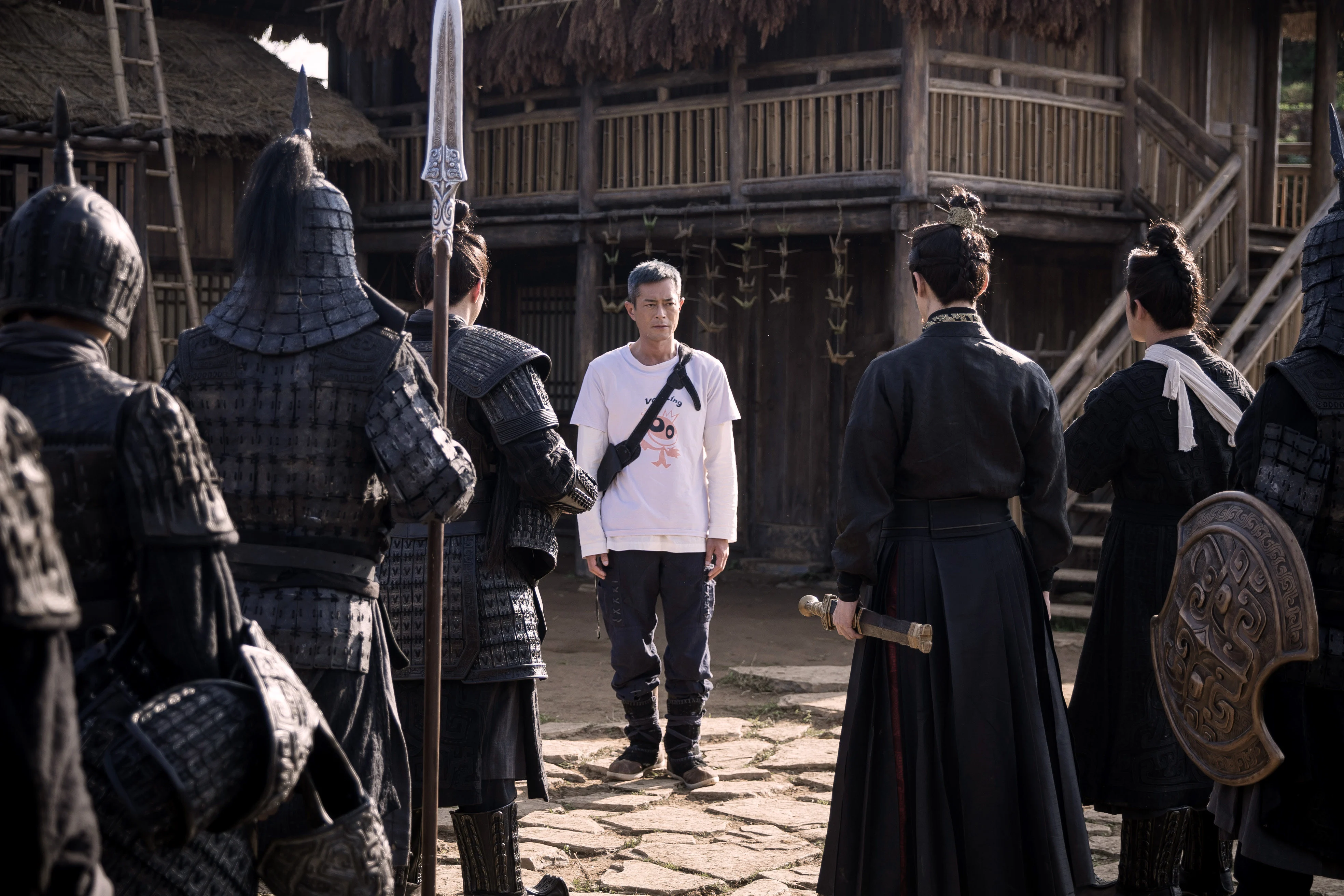A few years ago, I was brought into a project to teach culture in the classroom. I won’t go into too much detail — the project still exists although I’m not working on it now — but it was based on a successful model of activities and workshops designed to get students in the United States to realize that children in other parts of the world did not, in fact, think, act, and live the same way as kids did in, say, Wisconsin.
It was a good program. A little basic (In China, they use chopsticks; In the USA, we like baseball; In Japan, people bow), but the creators’ hearts were in the right place and they wanted to bring the project to schools in Beijing.
The first thing I thought: If we want to run this in China, we have it completely backwards.
If the problem with most Americans is an unthinking assumption that the rest of the world consists of either Americans or Americans-in-training, the challenge in China is the equally blinkered belief that anybody who is not “Chinese” (interpreted in the broadest possible way) is fundamentally and essentially different than they are.
Perhaps it’s a function the powerful dichotomy between nei (Inner) and wai (Outer). That which is nei is mine, it concerns me, it is something about which I am expected to care; that which is wai is foreign, outside, beyond my caring, and likely to be dangerous or, at best, irrelevant to my life.
There’s also the role of the state. In China, different is dangerous. There is an ongoing state project to homogenize China’s glorious historical diversity into the pablum of a mythological Zhonghua Minzu (中华民族), a phrase much beloved by China’s current leaders and which seeks to incorporate all Chinese (again, interpreted in the broadest possible way) into a single essentialist entity.
At least once a day here in Beijing, I am reminded in casual conversation that China has its own unified, timeless culture and that it is, in almost every way, different from that of “Foreigners,” or, if they are feeling the need to get very specific, “Westerners.”
(If you want to have some fun, the next time somebody in Beijing refers to “Westerners,” ask them if they mean Tibetans and Uighurs because both of those people live “out west.” High comedy.)
It’s also a common theme in the Chinese media. Consider the number of headlines which begin “Foreigner…[fill in the blank].” The assumption being that whatever [the blank] might be, whether it’s using an escalator correctly or killing a puppy, that this act is somehow inherent to being “foreign.” Scan down through these stories, and half the time the actual nationality isn’t reported at all.
(More conversation fun: One of my favorite responses to the question of “What country are you from?” is to answer “外国.” [waiguo = foreign country]. Admittedly, I stole the idea from Game of Thrones, but if Chinese state media can’t be bothered to make this distinction, why should I?)

But there’s more than just conversational fun and my perpetual whining that I will always be a foreigner here (well, duh). There’s also the issue of whether there are, in fact, cultural values we share across the broad spectrum of historic experience and the current fetishization of the ethnonym. When young people learn to identify people as being fundamentally different than they are, and are taught that between “their” culture and the “other” is a great gulf, that’s dangerous whether it’s happening in Beijing, Boston, Birmingham, or Berlin.
It is even more so when those differences are linked to state projects or the ambitions of political leaders who find it hard to resist the temptation of directing the angst of their constituencies in the direction of other people.
Cover photo: Smithsonian Mag














